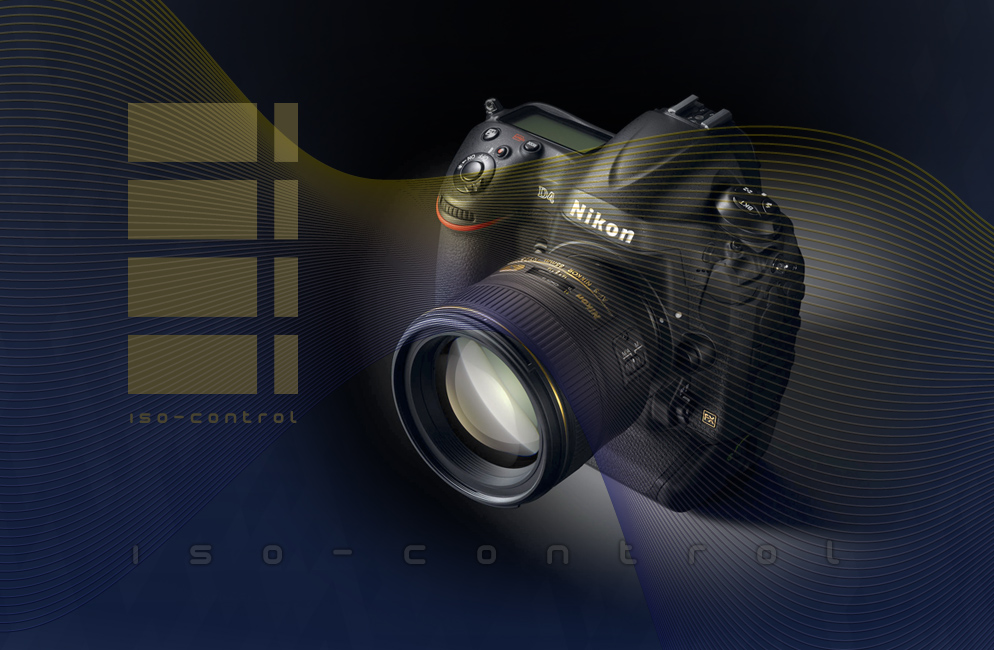What Does Iso Mean On A Camera



For digital photography, ISO refers to the sensitivity of the camera's sensor. The ISO setting is one of three elements used to control exposure; the other two are f/stop and shutter speed.
ISO originally referred to the sensitivity of film—it'due south "calorie-free gathering" ability. The higher the ISO rating, the greater the moving picture's ability to capture images taken in low light. Loftier ISO film was called fast movie—it required a shorter exposure than a low ISO film. For digital photography, ISO refers to the sensitivity—the point gain—of the camera'southward sensor.
The ISO setting is one of three elements used to command exposure; the other two are f/stop and shutter speed. In nigh cases manually setting the f/terminate and shutter speed, or using one of the camera'southward automatic exposure controls (discontinuity- or shutter-priority, for example) is all y'all'll need to do. Simply when the situation calls for a shallow depth-of-field and, thus, a wide lens opening, and/or a fast shutter speed, that combination may not permit enough light to reach the sensor. Or, in the case of photographing a concert performance, the widest lens opening and slowest hand-holdable shutter speed may not enable plenty light to reach the sensor. The solution for both instances: boost the ISO to increase the sensor's sensitivity to light.
With film cameras, using a higher ISO film, such as ISO 400 to 1000, often resulted in noticeable grain. With digital photography, the equivalent is noise. Fortunately, many Nikon D-SLRs, using Nikon's EXPEED image processing concept, are capable of epitome capture at high ISO settings—800, 1600, 3200 and even higher—without noticeable noise.
Selected Nikon D-SLRs offer auto ISO control, a characteristic that will maintain a selected shutter speed range. Here's how it works: In aperture-priority operation, for example, choose ISO control and set a base of operations shutter speed of, for example, 1/250 second—meaning that y'all don't desire the shutter speed to get below that setting. When the calorie-free level in the scene requires a shutter speed slower than 1/250 2nd, the camera will automatically kicking upwardly the ISO to maintain that shutter speed.
So don't forget that along with f/end and shutter speed, ISO is an of import element of exposure control.
This Article Goes Slap-up With These Products
Source: https://www.nikonusa.com/en/learn-and-explore/a/products-and-innovation/iso-control.html
Posted by: preusserforthand.blogspot.com


0 Response to "What Does Iso Mean On A Camera"
Post a Comment